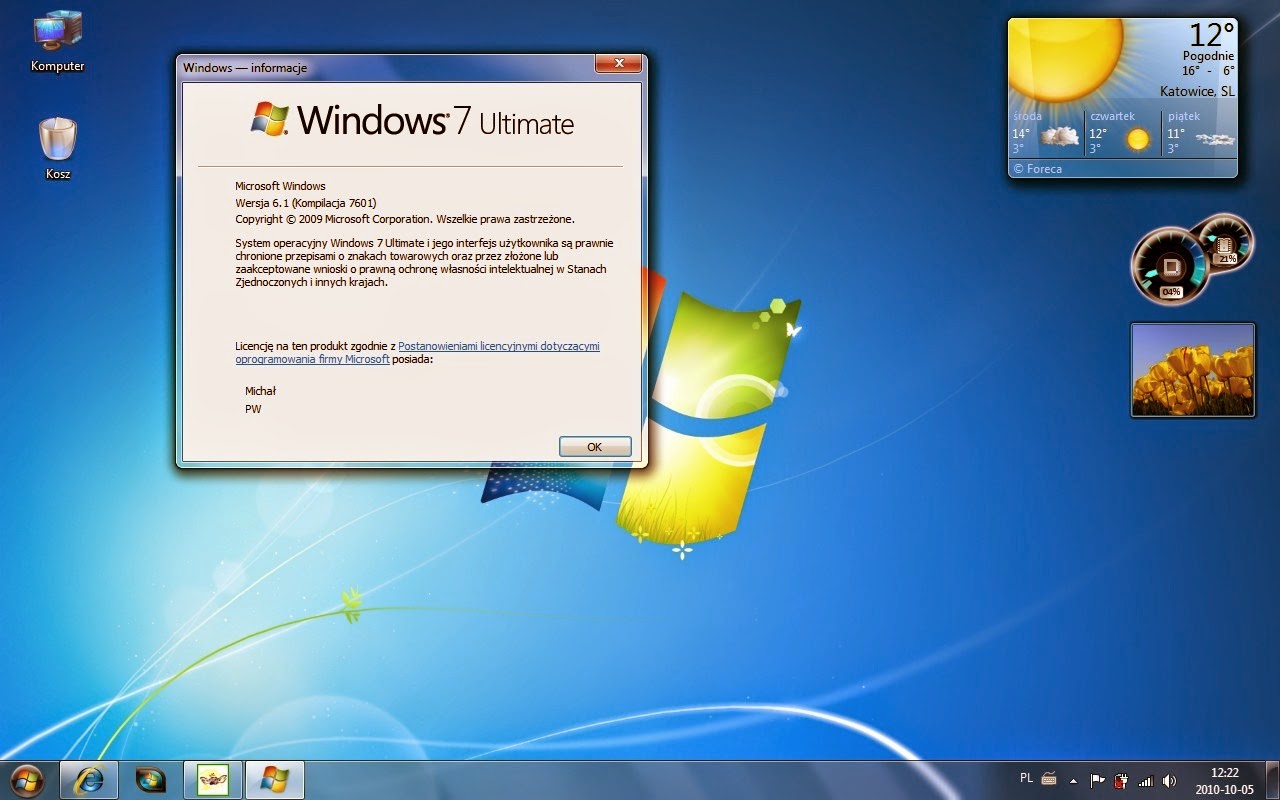

The section assumes you are installing GRUB for 圆4 (64-bit) UEFI.A /EFI examples article has been provided for such cases. The procedure described below is intended to work on a wide range of UEFI systems but those experiencing problems despite applying this method are encouraged to share detailed information, and if possible the workarounds found, for their hardware-specific case.


Follow EFI system partition#Check for an existing partition to find out if you have one already, otherwise you need to create it. To boot from a disk using UEFI, an EFI system partition is required.Installing to the fallback boot path will still work even in BIOS mode since it does not touch the NVRAM. When installing to use UEFI it is important to boot the installation media in UEFI mode, otherwise efibootmgr will not be able to add the GRUB UEFI boot entry.It is recommended to read and understand the Unified Extensible Firmware Interface, Partitioning#GUID Partition Table and Arch boot process#Under UEFI pages.


 0 kommentar(er)
0 kommentar(er)
